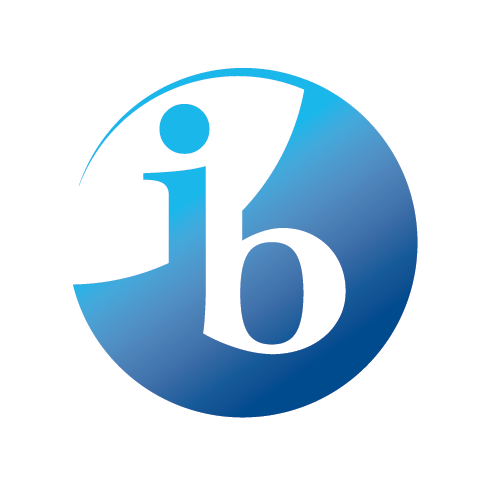Olweus Bullying Prevention Program
With over thirty-five years of research and successful implementation all over the world, OBPP is a whole-school program that has been proven to prevent or reduce bullying throughout a school setting.
All students and adults participate:
The Olweus Bullying Prevention Program is designed for students in elementary, middle, and high schools.
Program Goals: The Olweus Bullying Prevention Program is designed to improve peer relations and make schools safer, more positive places for students to learn and develop. Goals of our program include:
- reducing existing mean and bullying behaviors among students
- preventing mean and bullying behaviors between students
- achieving better peer relations at school
Outcomes of the Program:
- Fifty percent or more reductions in student reports of being bullied and bullying others. Peer and teacher ratings of bullying problems have yielded similar results.
- Significant reductions in student reports of general antisocial behavior such as school bullying, vandalism, school violence, fighting, theft, and truancy.
- Significant improvements in the classroom social climate as reflected in students' reports of improved order and discipline, more positive social relationships, and more positive attitudes toward schoolwork and school.
- Greater support for students who are bullied, and stronger, more effective interventions for students who bully.
Specific Components at CLPMS:
- Mondays - 44 minute Class Meetings
- Monthly Grade-Level Team Debriefs of behaviors and progress with Class Meetings
- Consistent Individual Approach to mean and bullying behaviors at schools
- Behavior Tracking System - consistent method of monitoring and responding to student behaviors
- Our Pirate Promise
- Class Meeting Ground Rules
- Definition of Bullying



